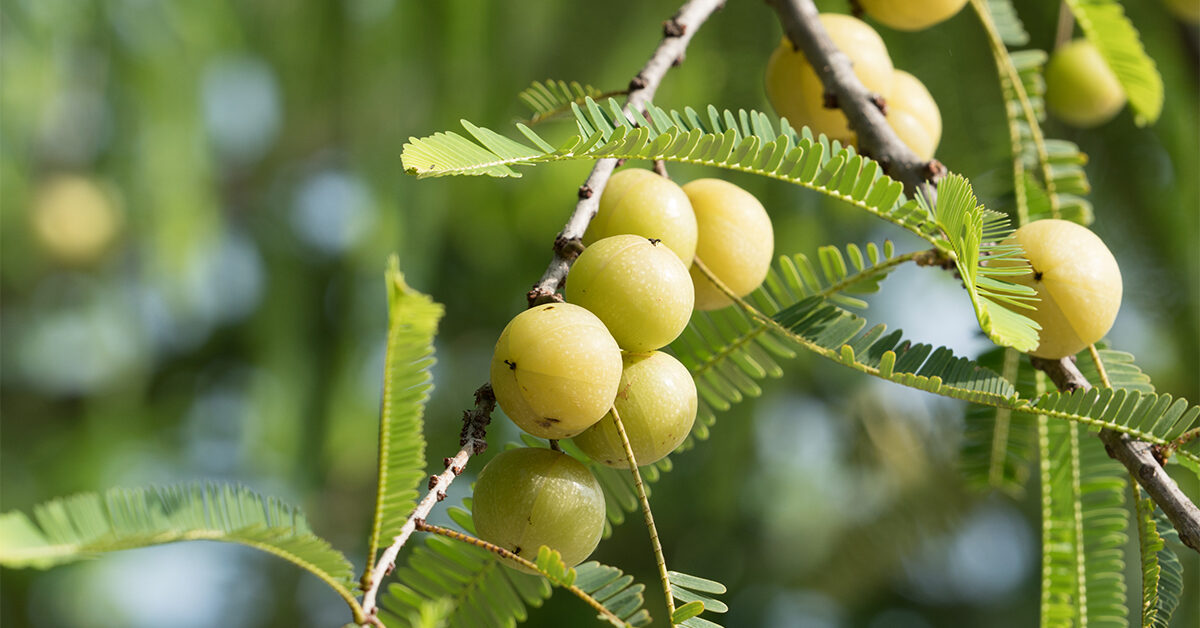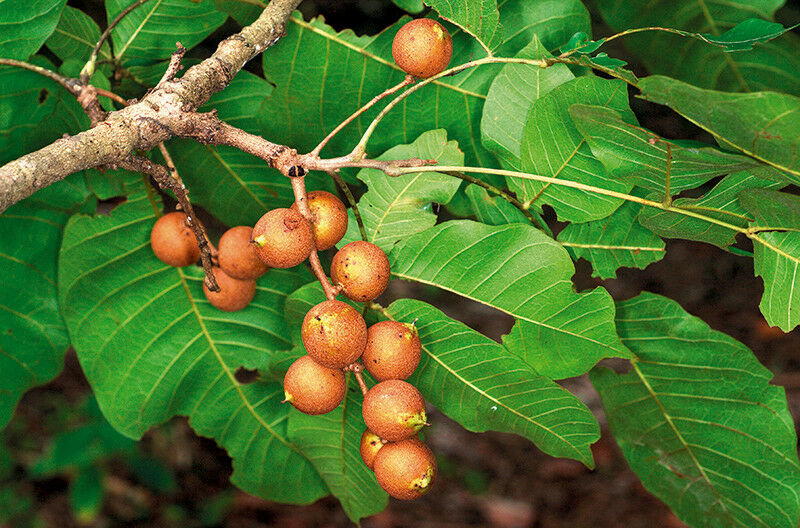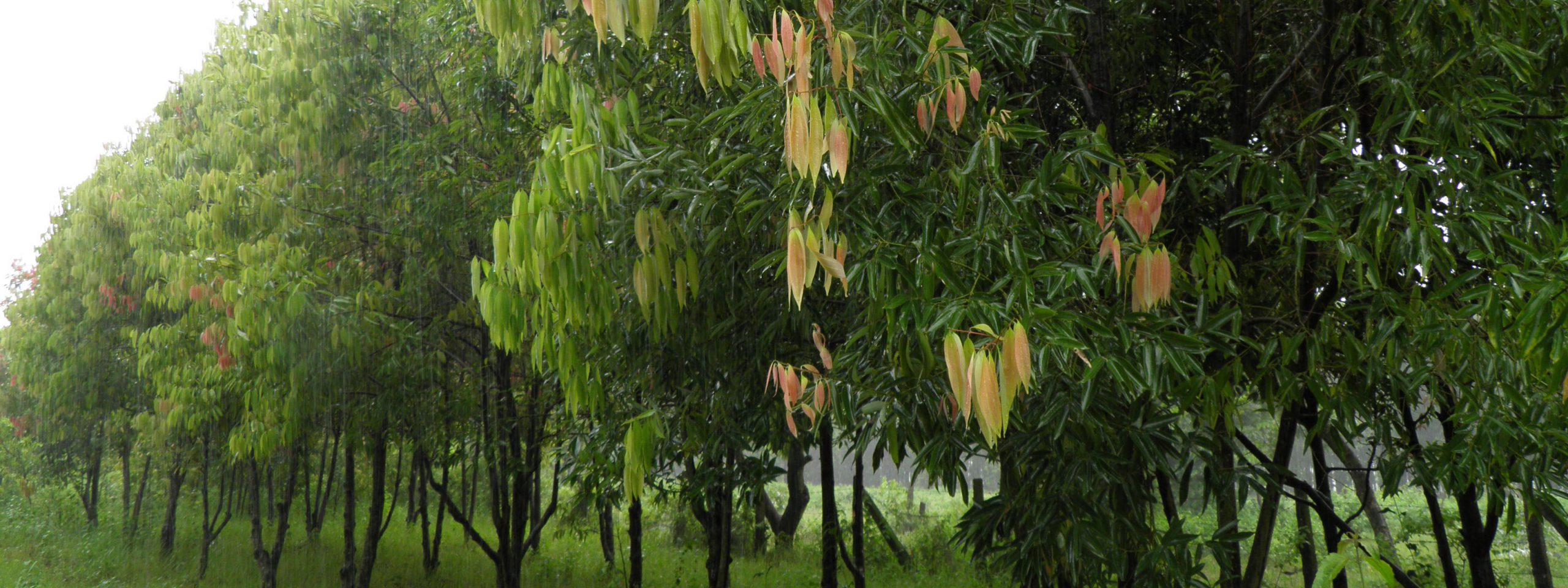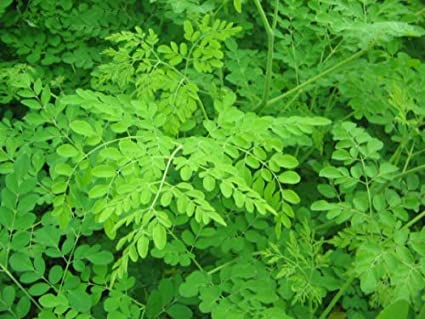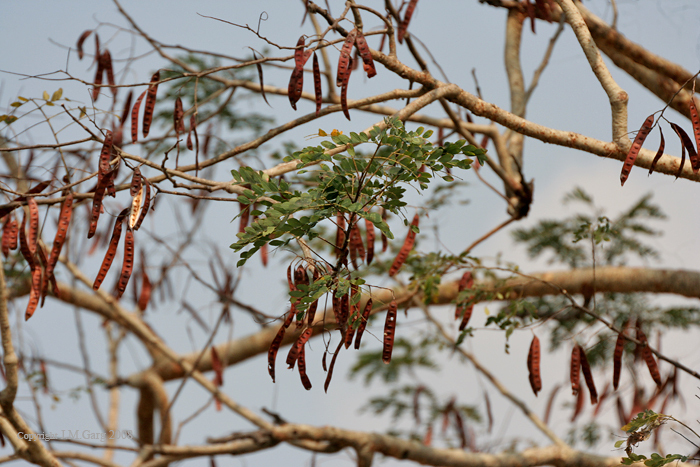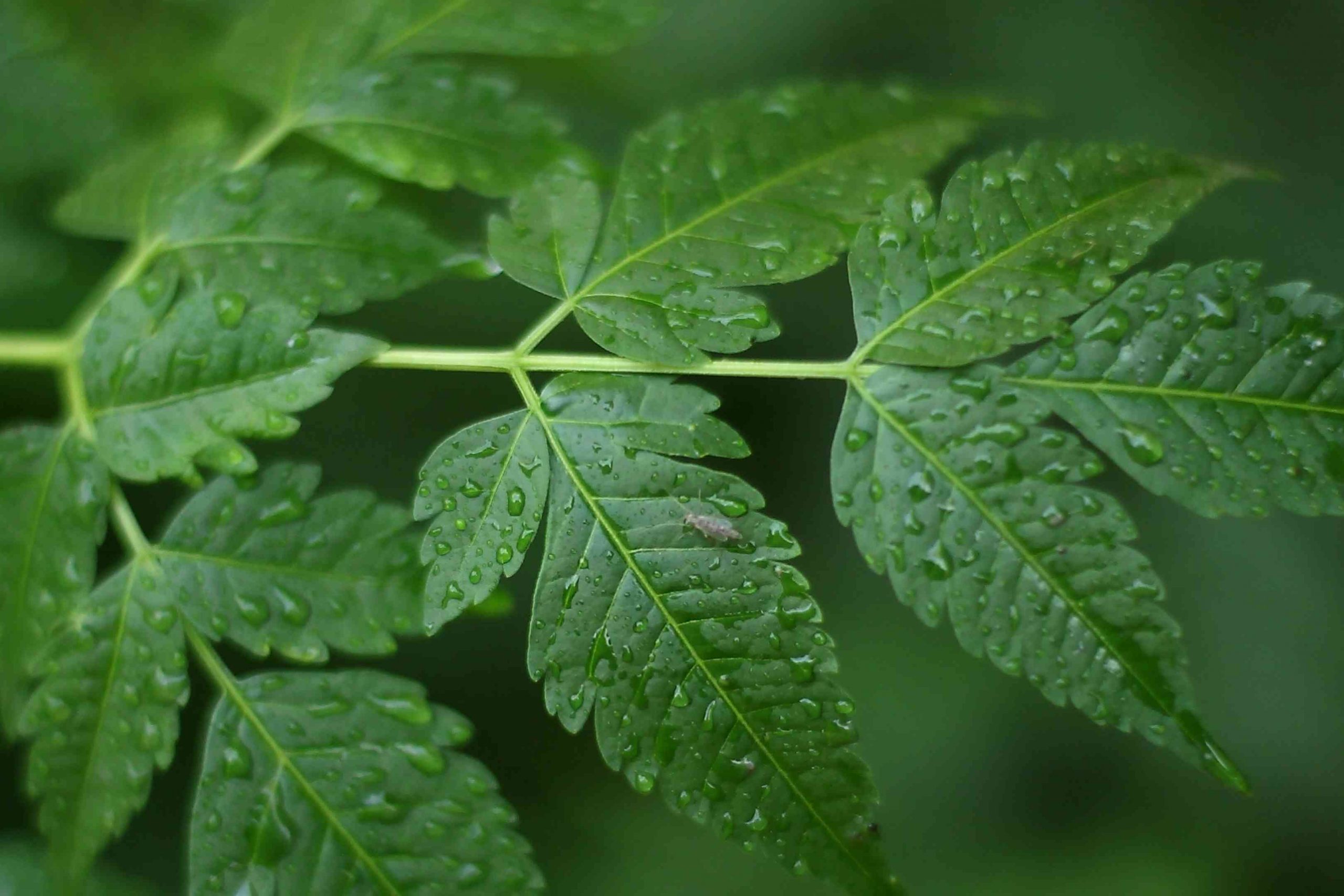Amala
(Phyllanthus emblica)
English name: Gooseberry/Indian gooseberry
Family: Phyllanthaceae
Origin and distribution
Amala is native to China, Taiwan, Bhutan, India, Nepal, Pakistan and Sri Lanka and south-eastern Asia (i.e. Cambodia, Laos, northern Myanmar, Thailand, Vietnam, Indonesia and Malaysia). It occurs from tropical as well as sub-tropical regions to 1500 meters elevation. This tree is previously known as Emblica officinalis.
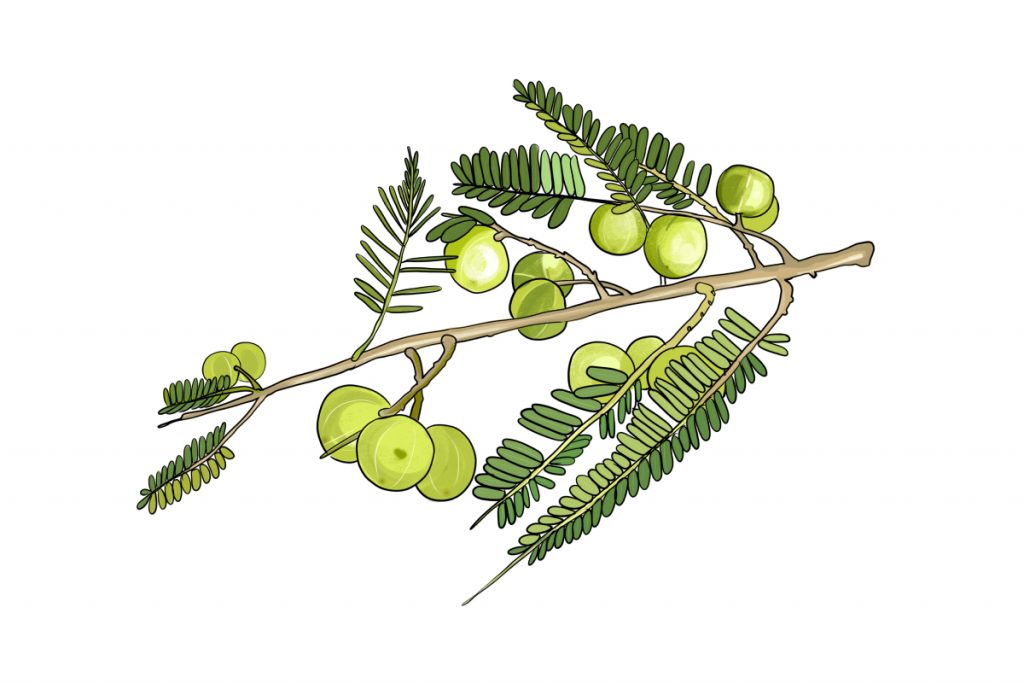
Description
Height at maturity: It is a moderate-sized deciduous plant species that grows from 10-15m and sometimes up to 25m. The tree is rather slow-growing and usually only bears fruit when 6 – 8 years old.
Form: This tree has light green feathery foliage. The bark is grey, smooth and peels off in irregular patches as it gets older. The bole, which is often crooked and gnarled, is up to 35cm in diameter. While actually deciduous, shedding its branch lets as well as its leaves.
Flower and flowering: Flowers unisexual, 2-3 mm across, greenish-yellow, densely clustered in leaf axils. Flowering season from March-April and fruit is depressed-globose drupe, fleshy, and indehiscent.
Silvicultural Characteristics
Cultivation: It grows best in areas where annual daytime temperatures are within the range 20 – 29°c, but can tolerate 14 – 35°c. It prefers a mean annual rainfall in the range 1,500 – 2,500mm, but tolerates 700 – 4,200mm
Soil: Amala is a very easily grown plant, reported to thrive in regions that are too dry and on soil that is too poor for most other fruit crops. It requires a position in full sun or part day shade, but is undemanding as to soil requirements so long as it is well-drained.
Propagation and plantation
Seed does not store well and so is best sown as soon as it is ripe. The seed is taken from over-ripe fruits, which are sun dried to facilitate removal of the stone, or are cut in half right through the stone. The extracted seeds are given the float test and 100% of those that sink will germinate. In 4 months, seedlings will have a stem diameter of 8 mm and can be budded or grafted if required.
Semi-hardwood cuttings, collected from the middle portions of vigorous shoots of young trees and planted in beds at a temperature of about 33°c, produce a high percentage of rooting, up to 84%. It can also be propagated from stem cuttings, layering and grafting. There are 34,000 seeds per kg with at least 12 months viability.
Products and uses
The barks, as well as the roots, leaves and immature fruits, are highly valued as a source of tannins. The bark of shoots less than 5 cm in diameter is used to obtain good tannin. Fruits are used in making pickles and are rich source of vitamin C.
Urban/Agro-forestry uses
Adding lopped branches for green manure is said to correct excessively alkaline soils. The tree is planted as a pioneer species in northern Thailand in reforestation projects to restore native woodland – it is planted in degraded woodland and open areas in a mix with various other species that all have the ability to grow fast; produce dense, weed-suppressing crowns; and attract seed-dispersing wildlife, particularly birds and bats.
Other readings
Tropical Plants Database, Ken Fern. tropical.theferns.info. 2021-04-21.
Kunwar, R. M., & Bussmann, R. W. (2009). Medicinal plants and quantitative ethnomedicine: a case study from Baitadi and Darchula districts, far west Nepal. Journal of Natural History Museum, 24(1), 72-81.
